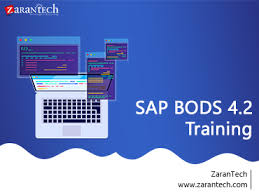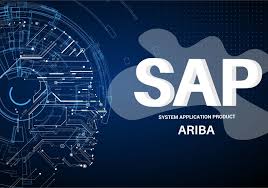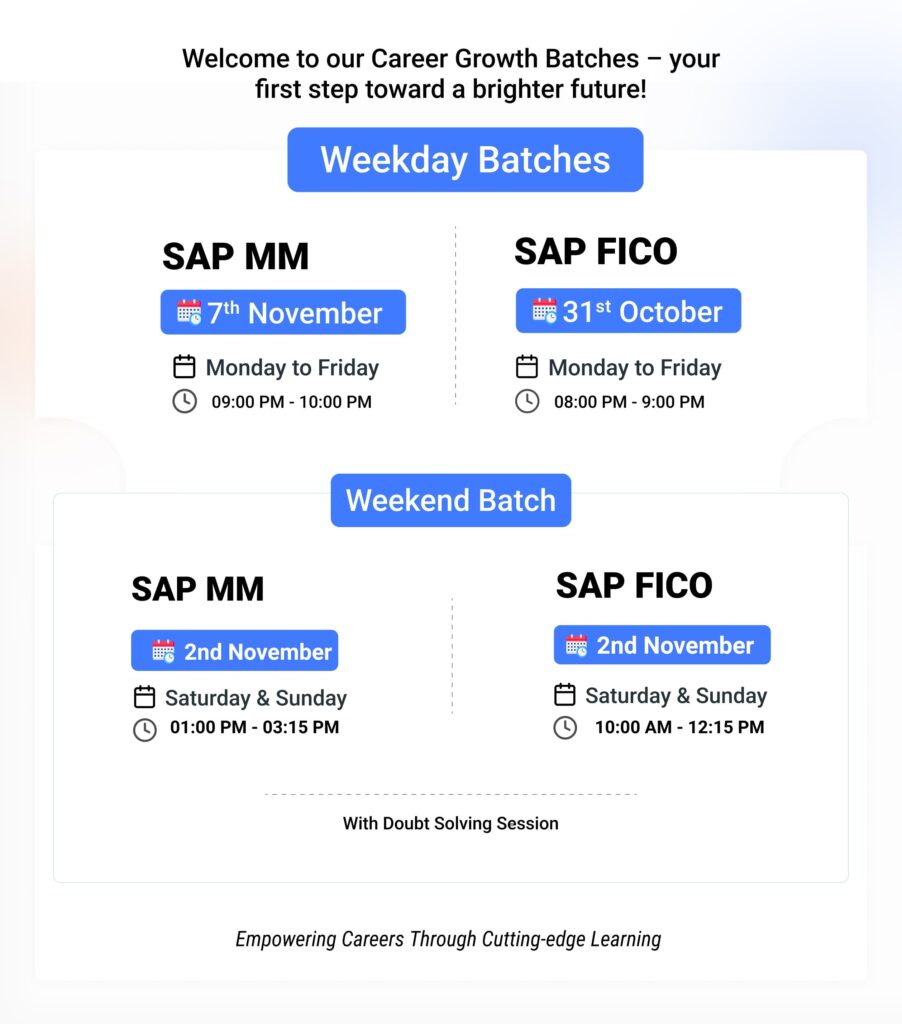SAP Production Planning (PP)
SAP Production Planning (PP): Optimizing Manufacturing Operations
Introduction to SAP PP in Modern Manufacturing
In today’s rapidly evolving industrial landscape, SAP Production Planning (PP) has emerged as a critical component of manufacturing excellence. This integrated module within SAP ERP enables organizations to streamline production processes, optimize resource allocation, and align manufacturing output with market demand. By providing end-to-end visibility and control, SAP PP helps manufacturers achieve higher efficiency, reduced costs, and improved customer satisfaction in increasingly competitive markets.
Core Functionalities of SAP PP
1. Demand Management & Forecasting
-
Integration of sales forecasts with production schedules
-
Multiple planning strategies (Make-to-Stock, Make-to-Order, Engineer-to-Order)
-
Demand-driven replenishment models
2. Material Requirements Planning (MRP)
-
Automated material calculations based on BOMs
-
Dual MRP approach (MRP I for materials, MRP II for capacity)
-
Procurement proposal generation for timely material availability
3. Production Order Management
-
End-to-end order lifecycle control (creation → release → confirmation → settlement)
-
Real-time production monitoring with performance analytics
-
Integration with shop floor systems for execution tracking
4. Capacity Planning & Optimization
-
Work center load analysis
-
Finite/infinite capacity scheduling
-
Bottleneck identification and resolution
Advanced Planning Capabilities
| Feature | Benefit | Application |
|---|---|---|
| Finite Capacity Scheduling | Realistic production sequencing | High-mix manufacturing |
| Demand-Driven MRP | Buffer management for volatility | Automotive supply chains |
| Repetitive Manufacturing | Lean flow production | Consumer goods |
| Process Order Management | Batch production control | Pharmaceuticals/Chemicals |
Integration with SAP Ecosystem
Key Module Connections
-
SAP MM (Materials Management): Real-time material availability
-
SAP SD (Sales & Distribution): Demand-driven production triggers
-
SAP QM (Quality Management): In-process quality checks
-
SAP PM (Plant Maintenance): Equipment availability planning
Implementation Challenges & Best Practices
Common Adoption Barriers
-
Legacy system integration complexities
-
Data accuracy in BOMs and routings
-
Change resistance from production teams
Proven Implementation Strategies
✔ Phased rollout (start with core MRP before advanced features)
✔ Comprehensive master data cleansing before go-live
✔ Role-based training programs for shop floor to management
✔ Performance benchmarking for continuous improvement
The Future of SAP PP
Industry 4.0 Integration
-
IoT-enabled production monitoring
-
AI-driven predictive maintenance
-
Digital twin simulations for process optimization
Emerging Technologies
-
Machine learning for demand sensing
-
Blockchain for component traceability
-
AR/VR for operator training and assistance
Conclusion: Building Agile Manufacturing Operations
SAP Production Planning delivers transformational value by:
-
Connecting demand signals to production execution
-
Optimizing material and capacity utilization
-
Providing real-time visibility across manufacturing operations
While implementation requires careful planning and change management, the operational benefits in efficiency gains, cost reduction, and responsiveness make SAP PP indispensable for modern manufacturers. As digital transformation accelerates, SAP PP’s evolution with smart manufacturing technologies will further redefine production excellence.








